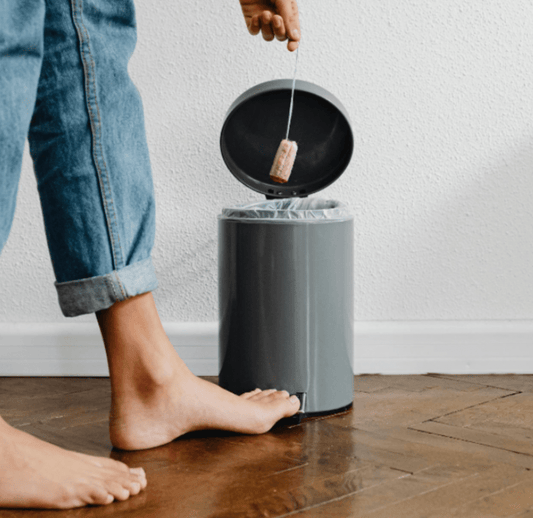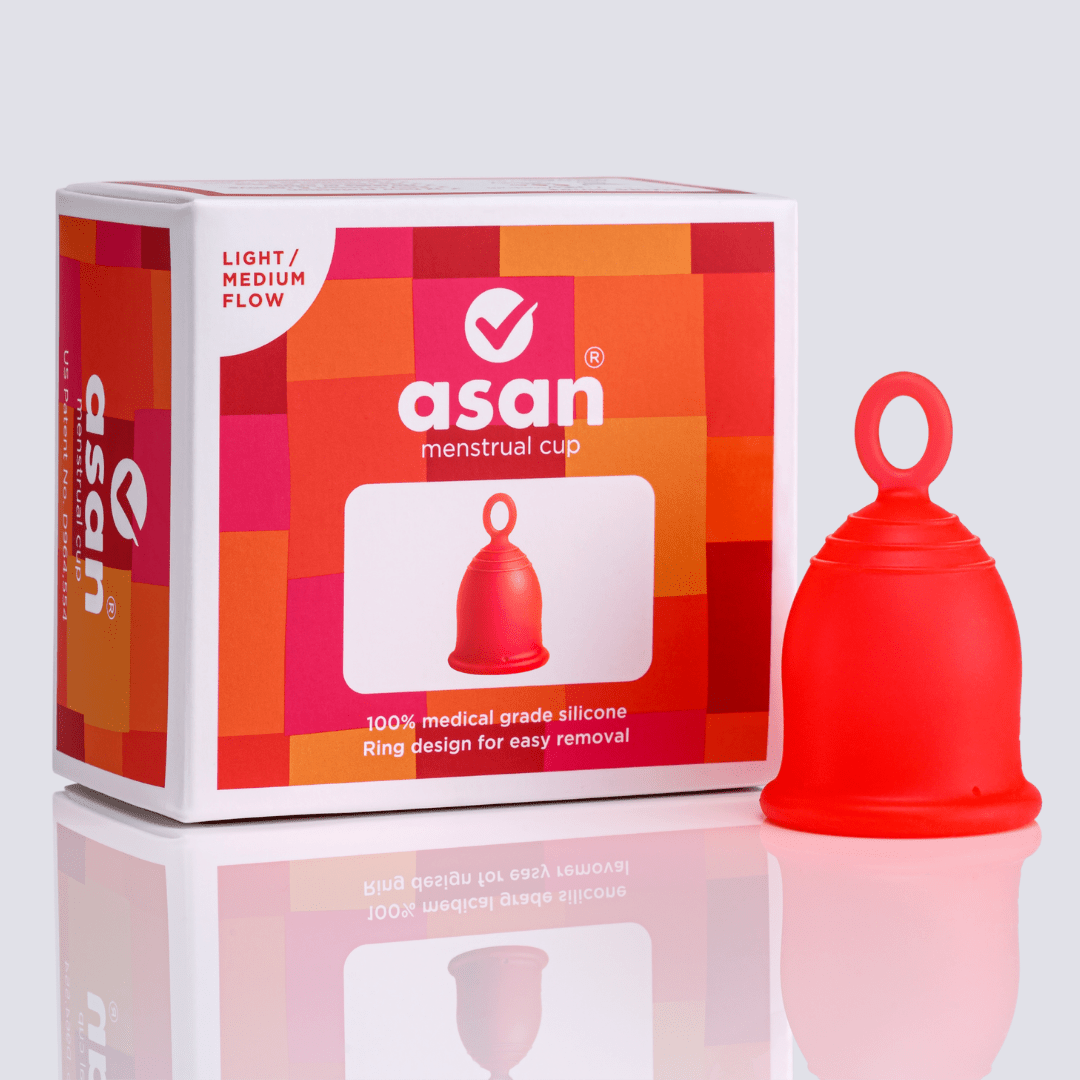

What is PMDD?
Premenstrual Dysphoric Disorder or PMDD, is a severe and often misunderstood hormonal disorder that goes far beyond typical PMS. Characterized by intense emotional and physical symptoms in the luteal phase of the menstrual cycle, PMDD can significantly impact mental health, relationships, and daily life. If you’ve ever asked yourself, “Could I have PMDD?” or struggled with emotional changes around your period, this guide is for you.
It shares some similarities with PMS, but the symptoms are far more intense, causing it to disrupt daily life, work, and emotional well-being. PMDD causes severe mood swings, anxiety, and depression, unlike the more manageable symptoms of PMS.
PMDD and mental health
PMDD depression and PMDD mood swings are some of the most debilitating symptoms. Sometimes leading one to feel like a completely different person in the weeks leading up to their period, only to return to feeling in control again once menstruation begins.
It’s no surprise that PMDD affecting mental health has become such an important area of discussion. Some doctors even report patients asking them, “Can PMDD make you feel crazy?” PMDD can feel isolating, confusing, and overwhelming when it’s a concept not everyone fully understands.


How is PMDD diagnosed?
Getting an official diagnosis can be a long journey. Currently, diagnosis is based on tracking symptoms over two or more cycles. While no single lab test can confirm PMDD, some providers may use hormone assessments or even explore the evolving PMDD saliva test.
If you’re wondering how to know if you have pmdd, it’s essential to track your symptoms and bring that data to a doctor. If symptoms significantly interfere with your life, don’t dismiss them.
Can stress cause PMDD?
The causes of PMDD are still not fully understood, but the most accepted theory is that people with PMDD have an abnormal response to normal hormonal changes. Stress can be one of the many causes. Environmental and psychological factors may also play a role. Stress may worsen existing hormonal sensitivity. Additionally, hormonal fluctuations, trauma, or life changes can trigger PMDD even in people who’ve had no history of it.
How to cope with PMDD?
For starters, tracking your symptoms daily can help you spot patterns, or even a simple journal can show when things start to spiral. This makes it easier to plan ahead and communicate with doctors.
Some people find real relief with lifestyle changes such as cutting down on caffeine, processed sugar, and alcohol, or following an anti-inflammatory diet for PMDD. Others benefit from exercise, magnesium and calcium supplements, or cognitive behavioral therapy.


What is the best treatment for PMDD?
While there’s no universal cure for PMDD, there are several approaches that can help. Medical professionals often suggest that the best medication for PMDD includes SSRIs (a type of antidepressant), hormonal treatments, or lifestyle modifications. But it’s not one-size-fits-all.
Antidepressants can be effective when taken during the luteal phase. Hormonal IUDs help regulate or reduce hormonal swings. Many even find relief through stress management, sleep hygiene, and tracking cycles.
Lifestyle and nutrition also matter:
- The right diet for PMDD might include magnesium-rich foods, complex carbs, and avoiding caffeine and alcohol.
- For wellness alternatives, the best supplements for PMDD showing potential benefits are magnesium, calcium, and B6. Read more about natural ingredients to help your menstrual cycle here.
The PMDD conversation
Several PMDD stories have surfaced over the years, helping reduce stigma and bring the conversation into the open. Public figures like Selena Gomez, Halsey, and Keke Palmer have shared personal experiences with symptoms like PMDD mood swings, intense irritability, depression, and fatigue. Their openness helps others recognize symptoms and seek help.


Final thoughts
Whether you're dealing with PMDD yourself or living with someone with PMDD, know that understanding and managing it is possible. Seek support, and explore what treatment works best for you. The more we talk about it, the more we create space for awareness.
If you're struggling, remember: you're not alone. With the Asan Period Tracker App, you can follow patterns in your cycle, log symptoms, and start making sense of things like mood shifts and energy dips. You can also try journaling - the Asan Journal is the first journal created specifically around the menstrual cycle. Use it to check in with yourself daily: jot down how you’re feeling with the help of prompts.
Over time, you’ll start noticing patterns and connections between your cycle and your mental state, helping you feel more in tune with your body and better prepared for what’s coming.


Download the Asan Period Tracker today!
-

The App Store
Click to download -

Playstore
Click to download
Frequently Asked Questions
Can an IUD help with PMDD?
Hormonal IUDs don’t usually help with PMDD—and for some, they can actually make symptoms worse. But everyone’s body reacts differently. If you're considering it, talk to a doctor who understands PMDD.
How to treat PMDD naturally?
Some people find relief with lifestyle changes—like regular exercise, magnesium/calcium supplements, a balanced diet, therapy, and stress management. Keeping a symptom journal helps too.
Can stress trigger PMDD?
Stress can definitely make symptoms more intense. Managing stress through things like mindfulness, sleep, and boundaries can make a difference.
Can you develop PMDD later in life?
Yes. PMDD can show up in your 20s, 30s, or even closer to perimenopause. It often goes undiagnosed for years because people mistake it for anxiety or depression.
Can you have PMS and PMDD?
You can’t technically have both at the same time. PMDD is a more intense, clinically recognized condition that goes beyond the mood swings and cramps of PMS. If you meet the criteria for PMDD, it means the symptoms are more severe and disruptive, so it’s no longer called PMS, even if the signs overlap.
More Posts
View all-

The hidden environmental cost of disposable period products
Understand the hidden environmental costs of single-use sanitary products.
The hidden environmental cost of disposable period products
Understand the hidden environmental costs of single-use sanitary products.
-

The rise of social ventures
In the UK, mission-led businesses are on the rise, growing from just 5,300 in 2003 to over 130,000 today. In this article for Maddyness, Asan’s founder Ira Guha reflects on her...
The rise of social ventures
In the UK, mission-led businesses are on the rise, growing from just 5,300 in 2003 to over 130,000 today. In this article for Maddyness, Asan’s founder Ira Guha reflects on her...
-

Top 10 tips to manage period bloating
Bloating before or during your period is common, but it doesn’t have to slow you down. Here are 10 easy, effective ways to manage PMS bloating and feel lighter during...
Top 10 tips to manage period bloating
Bloating before or during your period is common, but it doesn’t have to slow you down. Here are 10 easy, effective ways to manage PMS bloating and feel lighter during...
-

How does Asan contribute to Sustainable Development Goals?
Asan’s mission goes beyond safer period care. Through our 1-for-1 donation model and eco-friendly Asan Cup, we’re tackling period poverty, gender inequality, and plastic waste—directly contributing to the UN Sustainable...
How does Asan contribute to Sustainable Development Goals?
Asan’s mission goes beyond safer period care. Through our 1-for-1 donation model and eco-friendly Asan Cup, we’re tackling period poverty, gender inequality, and plastic waste—directly contributing to the UN Sustainable...






